Development, integration and test platform for accelerators and superconducting magnets: Synergium
The Synergium is the large technology platform in the Accelerators, Cryogenics and Magnetism Department covering more than 25,000 m². It is intended for the national, European and international community, for research and development in the field of particle accelerators, cryogenic systems and superconducting magnets for the purposes of fundamental research.
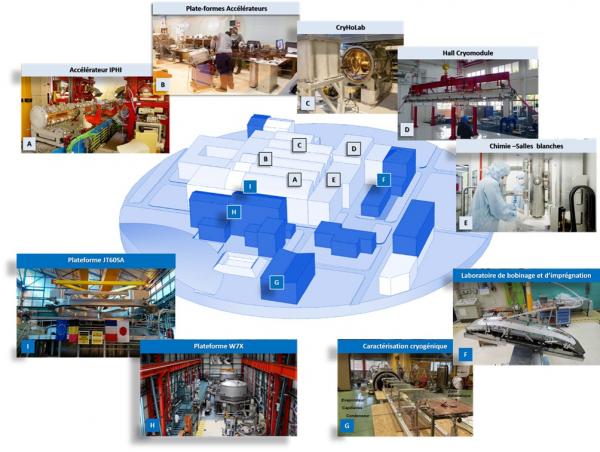
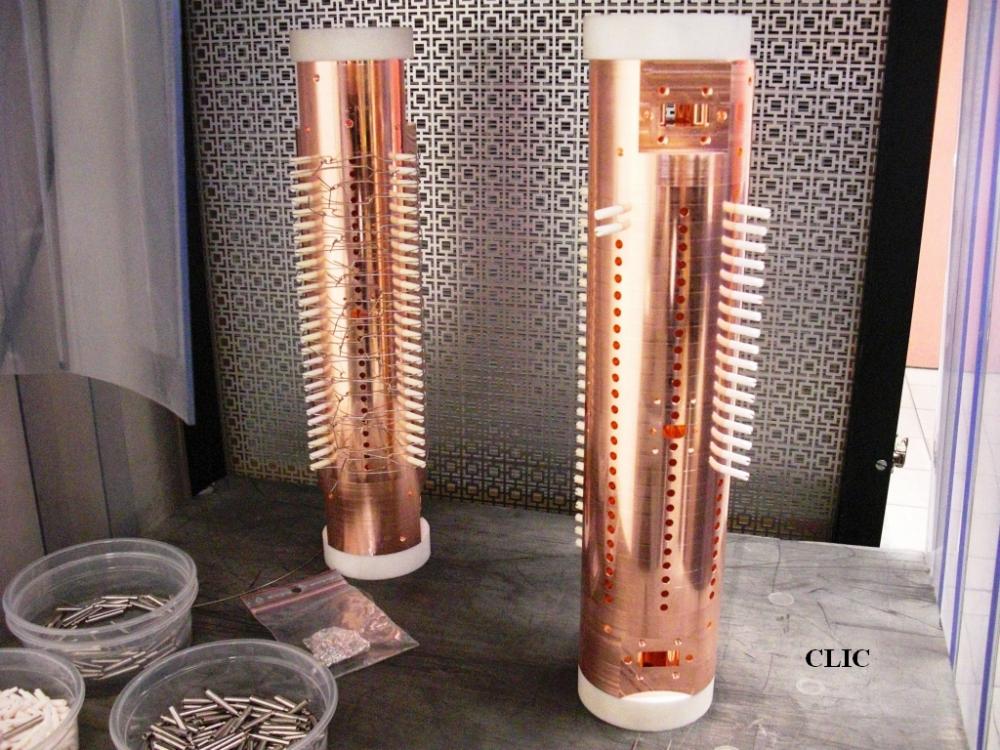
Electron-positron linear accelerators
Breakthroughs in particle physics are closely related to the availability of electron beams of ever-increasing energy and luminosity. Electron accelerators are also essential to free electron lasers operating in the ultraviolet and X-ray regions. To supply the high brilliance beams used in solid-state physics, as well as in chemistry and biology, 3rd generation synchrotron radiation machines also operate with very intense electron beams.
High-Intensity sources and injectors
High-intensity high-energy linear accelerators, capable of consistently reaching 1 GeV and several tens of milliamps, find numerous applications in nuclear and particle physics, and in condensed matter physics as well. The interaction of a proton beam, accelerated by a Linac of this kind, with a target, enables the production of particles such as radioactive ions, neutrons, neutrinos or muons.
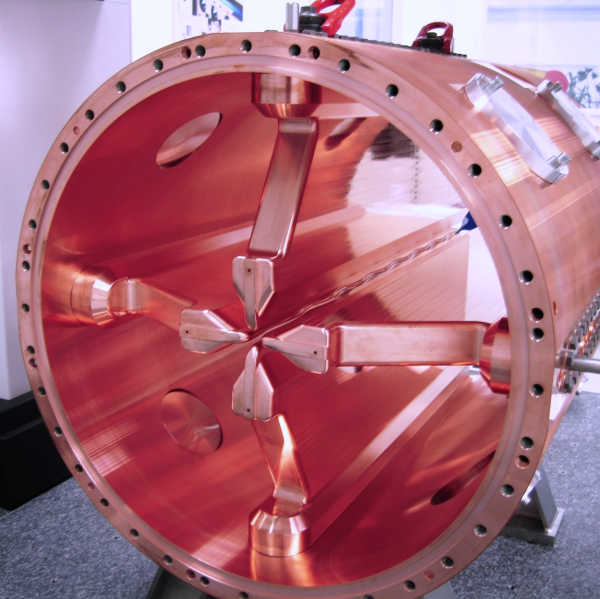
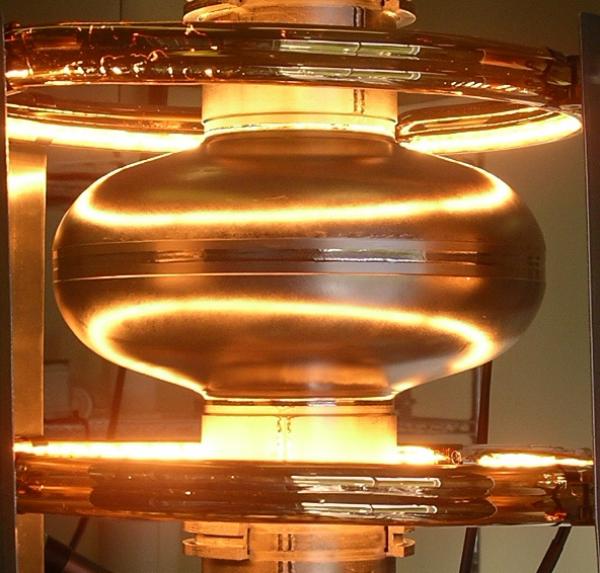
R&D and Instrumentation for Future Accelerators
Any new project presents challenges of its own and generally needs specific R&D. Conversely, it is often the case that breakthroughs in some one particular R&D can profit to several projects.
Superconducting Magnets for Particle Physics Research
Irfu designs, builds, tests and operates large superconducting magnets for research. These magnets are a critical technology for nuclear and particle physics accelerators and detectors, such as the Atlas torus and the CMS solenoid in the LHC or the Glad dipole in GSI/Fair. The specifications imposed by the scientific objectives lead to large size, high magnetic fields and specific magnetic configurations.
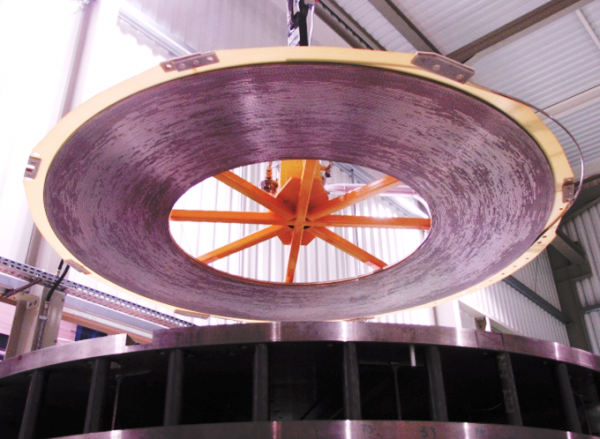
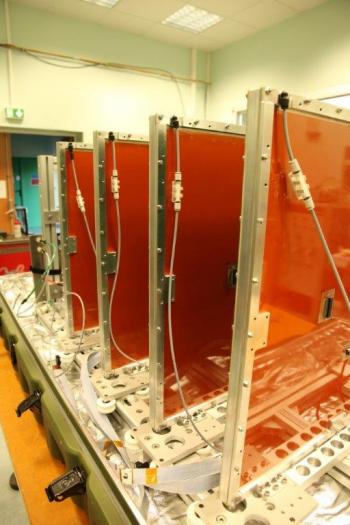
Achievements in response to societal challenges
The Institute applies its expertise to social issues, such as energy and health. Projects can be important like for example : the design and construction and installation of the ISEULT 11.
